To boost your wholesale sales in Fashion and Accessories, the most effective step you can take today is restructuring your product listings to reflect how real wholesale buyers make purchasing decisions.
This means making your listings more than just attractive—they need to be practical, transparent, and scalable. Why? Because bulk buyers aren’t just browsing; they’re stocking their shelves, planning resale margins, and making decisions at speed. Your listings must help them move fast, not slow them down.
In this article, we’ll walk through how to align your listings with wholesale buyer behavior, and why this shift is critical to growing conversions in the B2B space.
Why Standard Product Listings Fall Short in B2B Fashion Sales
Even great products struggle to sell in bulk when the listings behind them aren’t designed for B2B logic.
Many sellers make the mistake of uploading listings with vague titles, soft descriptions, or minimal logistics info—often copied straight from a retail format. But wholesale buyers think differently. They’re not focused on styling or storytelling—they’re looking for size specs, order thresholds, shipping windows, and resale appeal.
If your listing doesn’t answer the basic business questions within the first few seconds, you’ve likely already lost the order. Wholesale buyers don’t chase details—they move on.
Restructure Listings Around Buyer Intent—That’s the Fix
What truly works is a listing structure built around wholesale buyer intent. This means putting clear, commercial-use information front and center—from MOQs to packaging details to expected delivery timelines.
You’re not trying to “sell” the item in the emotional sense. Instead, you’re making it easier for the buyer to calculate risk, margin, and logistics in real-time. This leads to faster decisions, larger orders, and fewer abandoned carts.
Now let’s break down how to implement that listing structure step by step.
Title Clarity: Make Your Product Instantly Scannable
Your title is the first signal to the buyer that this product meets their sourcing criteria. It should be short, specific, and include relevant attributes.
Avoid vague terms like “stylish earrings” or “trendy clutch.” Instead, use format like:
“Wholesale Gold Hoop Earrings – Pack of 100 – MOQ 20 Units”
This kind of title is easy to scan, includes important buying cues (like pack size), and gives the buyer confidence that this is a bulk-structured product, not a one-off.
Descriptions Should Help the Buyer Resell
Instead of describing how cute or fashionable your product is, use your description to explain why it’s a smart product to stock.
Highlight what retailers care about:
Is this item trending on social platforms?
Does it come in versatile colors?
Is it ideal for gifting or impulse bins?
What kind of shelf appeal or display advantage does it offer?
At the same time, be clear about materials, dimensions, packaging (e.g., “polybagged in sets of 12”), and return policy on damaged goods. The more clarity you give, the less risk the buyer feels.
Be Upfront About MOQs and Lead Times
One of the top reasons wholesale buyers abandon carts is unclear or hidden minimum order quantities (MOQs). Make your MOQ visible in both your title and product body.
Also, never leave shipping timelines vague. Buyers need to plan restocking weeks in advance. Let them know if products ship in 2 days or 2 weeks. This not only builds trust but also ensures you’re only attracting buyers who are ready to work on your timeline.
Use Tiered Pricing to Trigger Larger Orders
Don’t rely solely on discount banners or promotions. Instead, structure your pricing to show cost efficiency as volume increases.
For example:
50–99 units: €4.50 each
100–499 units: €4.20 each
500+ units: €3.95 each
This kind of pricing gives buyers a reason to increase their order size. It also shows that your operation is built for scale, which adds credibility to your brand as a serious B2B seller.
Upgrade Your Visuals for Business Relevance
High-quality images are essential—but in wholesale, they should go beyond aesthetics.
Provide product shots that show:
Material texture or stitching quality
Packaging (how items arrive in bulk)
Use-case visuals (e.g., how the product is displayed in-store)
Also consider adding a sizing reference image or short clip showing wearability. The more visual detail you provide, the more confident the buyer feels making a decision remotely.
Structure Listings with Logistics in Mind
Retail buyers are planning beyond just the product. They need to know how it will fit into their operations.
Answer questions like:
How many items per master carton?
Are they barcoded or pre-tagged?
Can you offer private labeling?
Do you offer combined shipping on multiple styles?
These aren’t afterthoughts—they’re decision-makers. Structuring your listings with logistics details visible ensures you stand out from competitors.
Prioritise Mobile Usabilityv
More wholesale buyers are making decisions via mobile, especially in fast-paced retail environments or at trade shows.
If your listing is hard to read on mobile, your bounce rate will suffer. Make sure titles are brief but complete, descriptions are paragraph-form but easy to skim, and images load quickly with good resolution.
A mobile-friendly listing can be the difference between a buyer bookmarking you—or bouncing entirely.
Localize for Cross-Border Sales
If you sell across borders, geo-localisation is a must. Buyers from different countries use different terms (“jewelry” vs. “jewellery”), prefer pricing in local currency, and need clear information about customs, duties, and delivery expectations.
If your listings feel too general or “one-size-fits-all,” you might lose international buyers who are unsure whether your operation suits their needs.
When possible, tailor product listings by region or offer dynamic shipping details based on location. Even a simple note like “Ships to EU in 5–7 days” can boost conversion.
Conclusion: Structure Wins in Wholesale Sales
You don’t need to sell harder—you need to structure smarter. When your fashion and accessories listings are built to reflect how wholesale buyers think and buy, conversions increase naturally.
Think of it this way: buyers don’t need convincing; they need clarity. The more you help them plan, calculate, and commit—through smart structuring, transparent logistics, and business-first content—the faster and bigger they’ll order.
And that’s how you scale in B2B fashion ecommerce today.
Join Thokmandee today—the fashion marketplace where bulk buyers and trend-savvy retailers meet for smarter sourcing.
Visit site https://techners.net/ for more informative blogs.
FAQs
Q1: What’s the most important element in a B2B listing for fashion accessories?
The most important part is clarity—especially in product title and MOQ. Buyers want to know quickly if the product suits their ordering needs.
Q2: How often should I update my listings?
Update seasonally or when trends shift. If your buyers are trend-driven, they’ll expect current product lines, not last year’s styles.
Q3: Is it worth adding videos to my listing?
Yes, short product clips showing wearability, packaging, or material feel are incredibly helpful, especially for remote buyers.
Q4: What should I avoid in B2B listings?
Avoid vague language, hidden order thresholds, and overly decorative writing. Stick to business-use value and clear specs.
Q5: How can I tailor listings for buyers in other countries?
Use localized keywords, show shipping timeframes by region, and offer currency flexibility or translated support where possible.


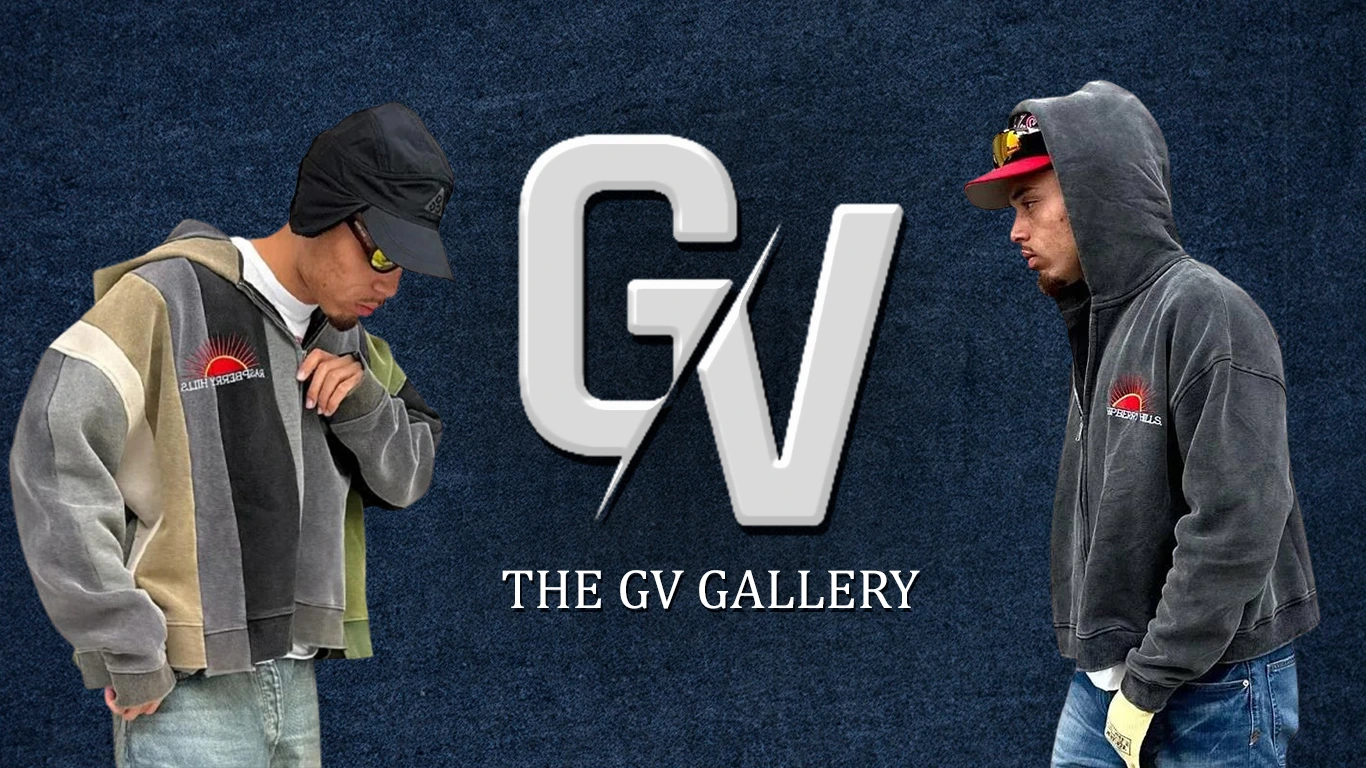
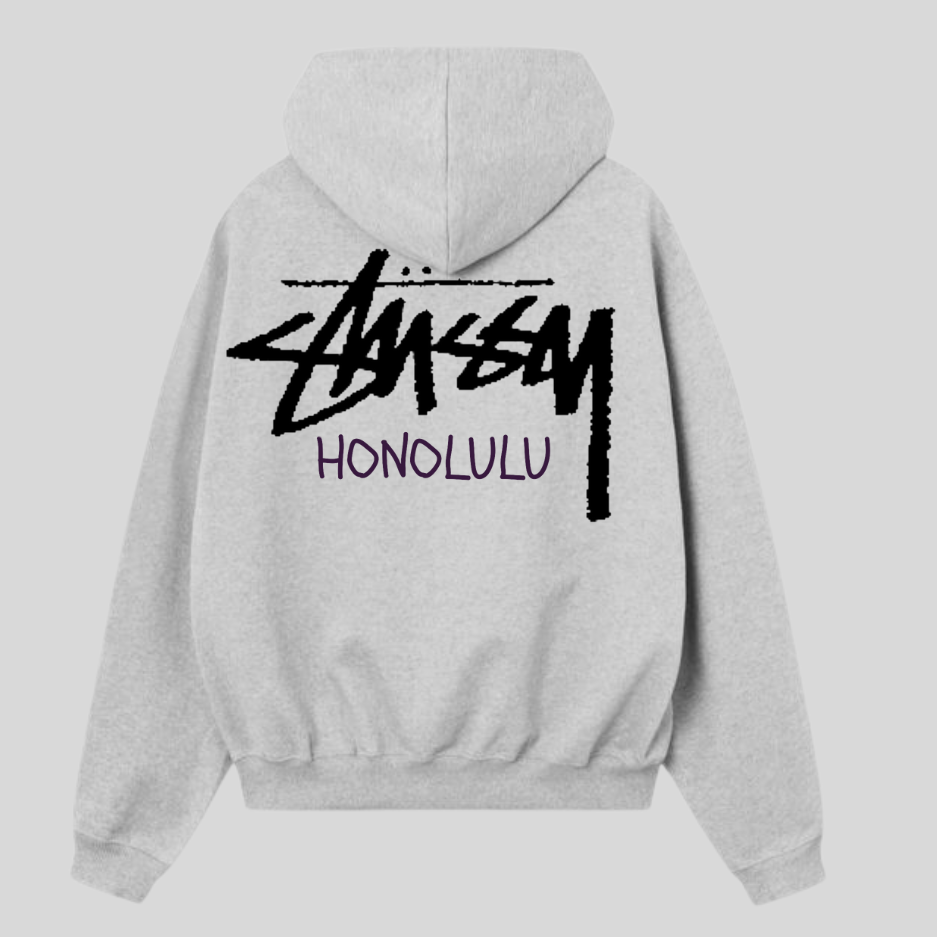
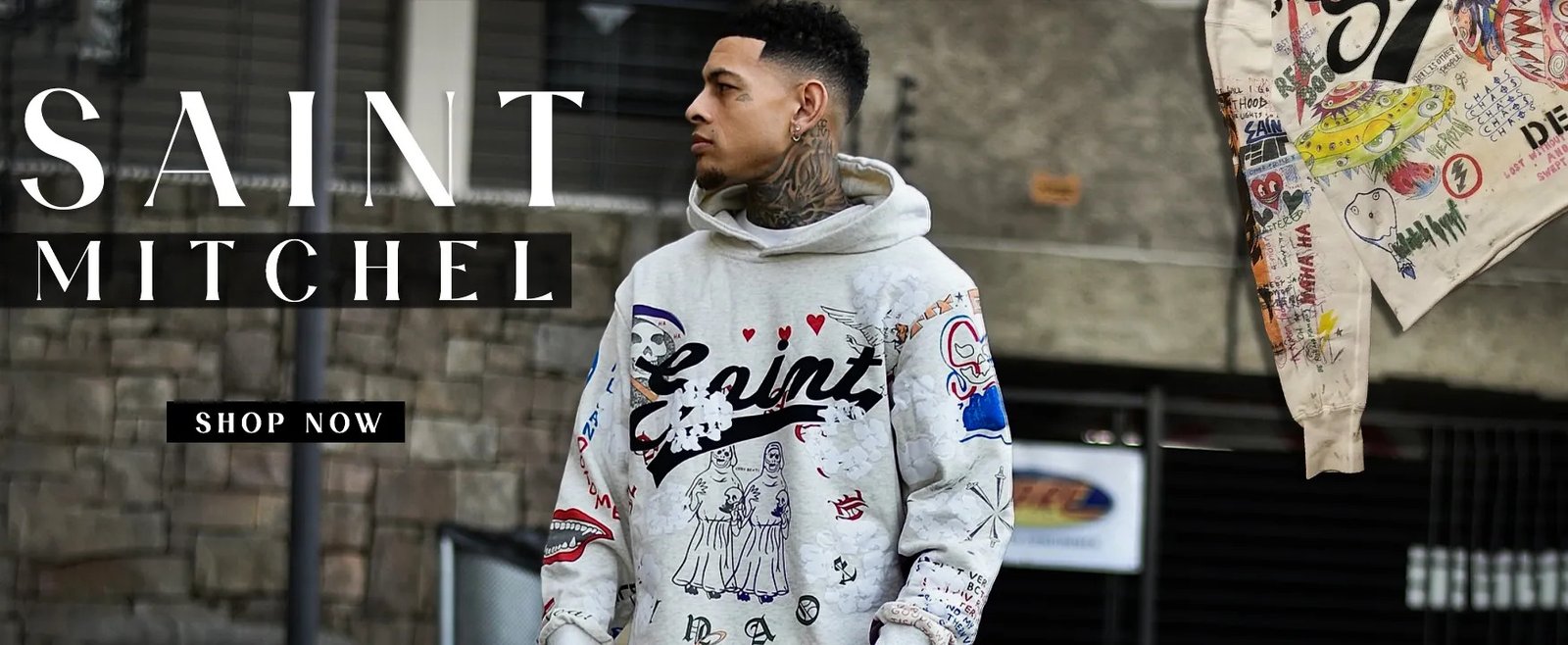
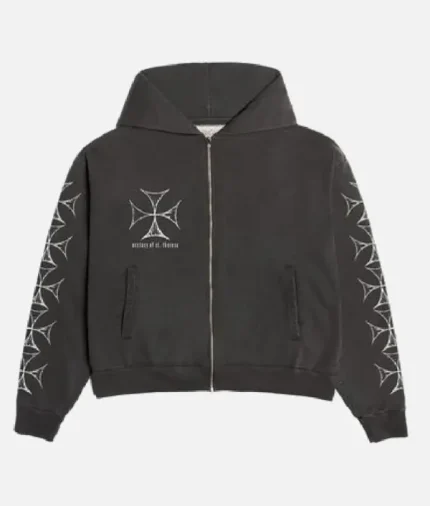
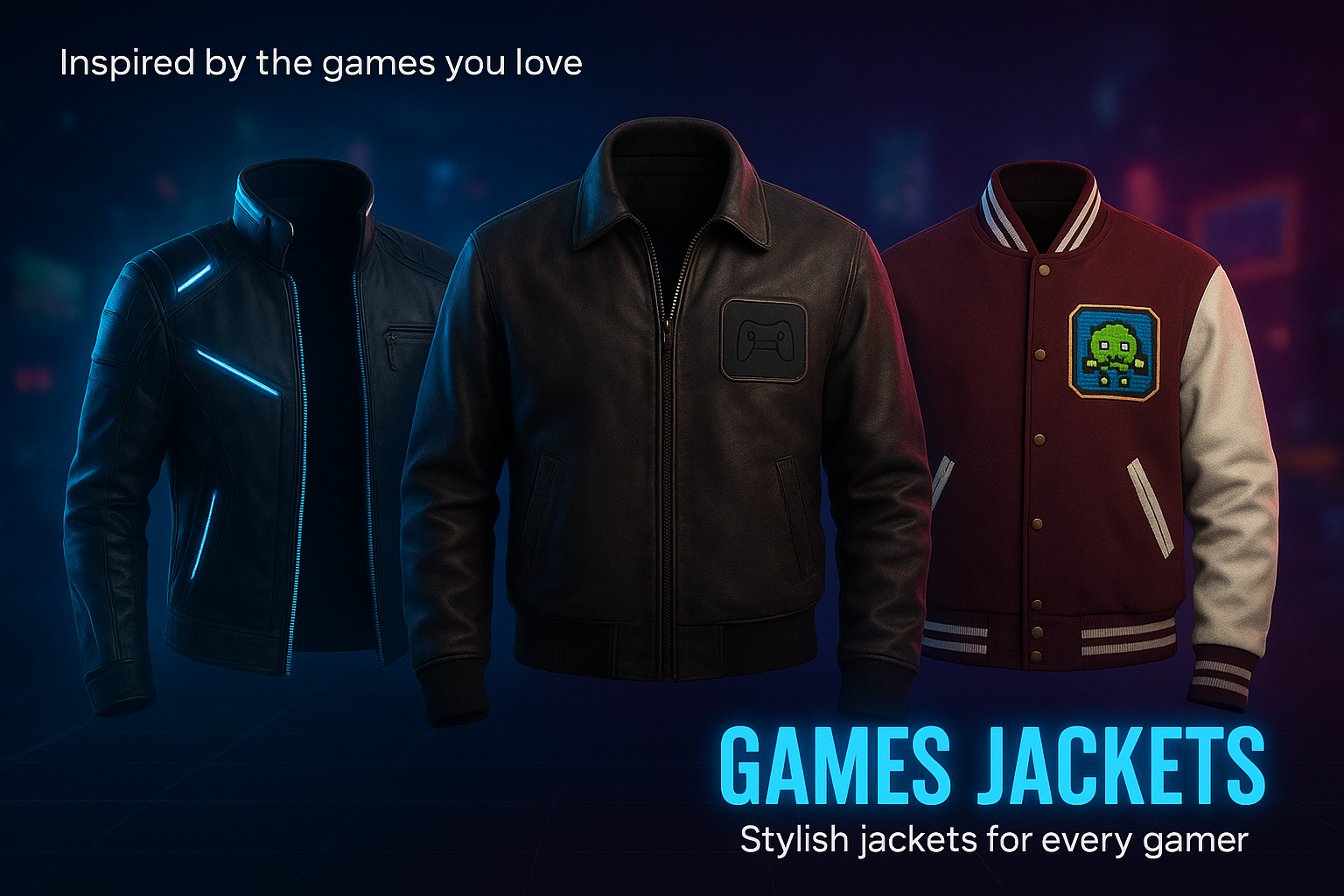
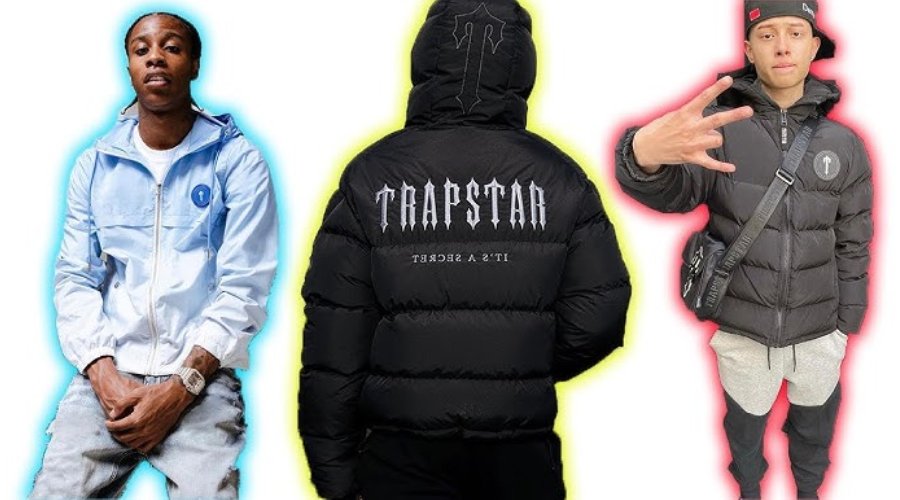
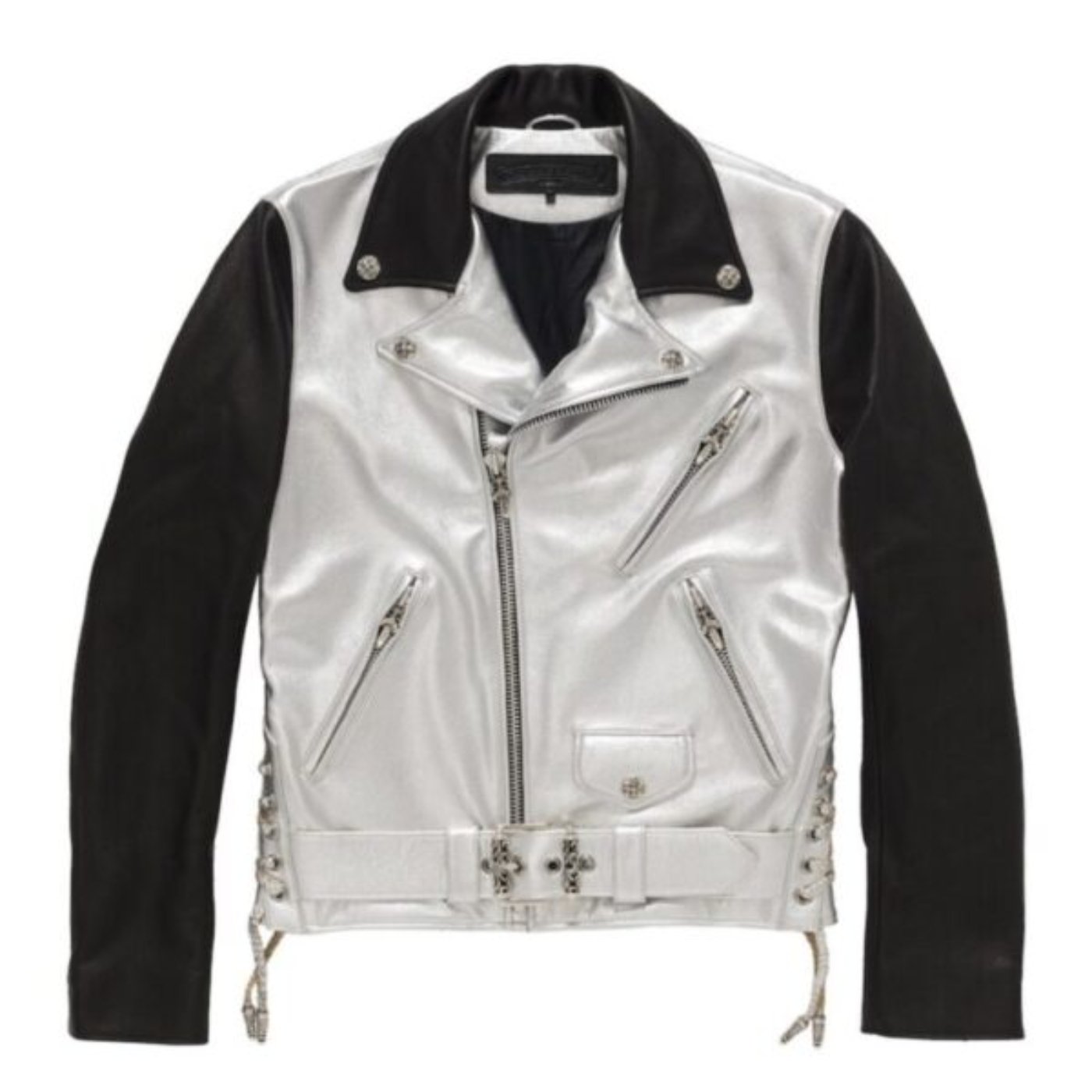
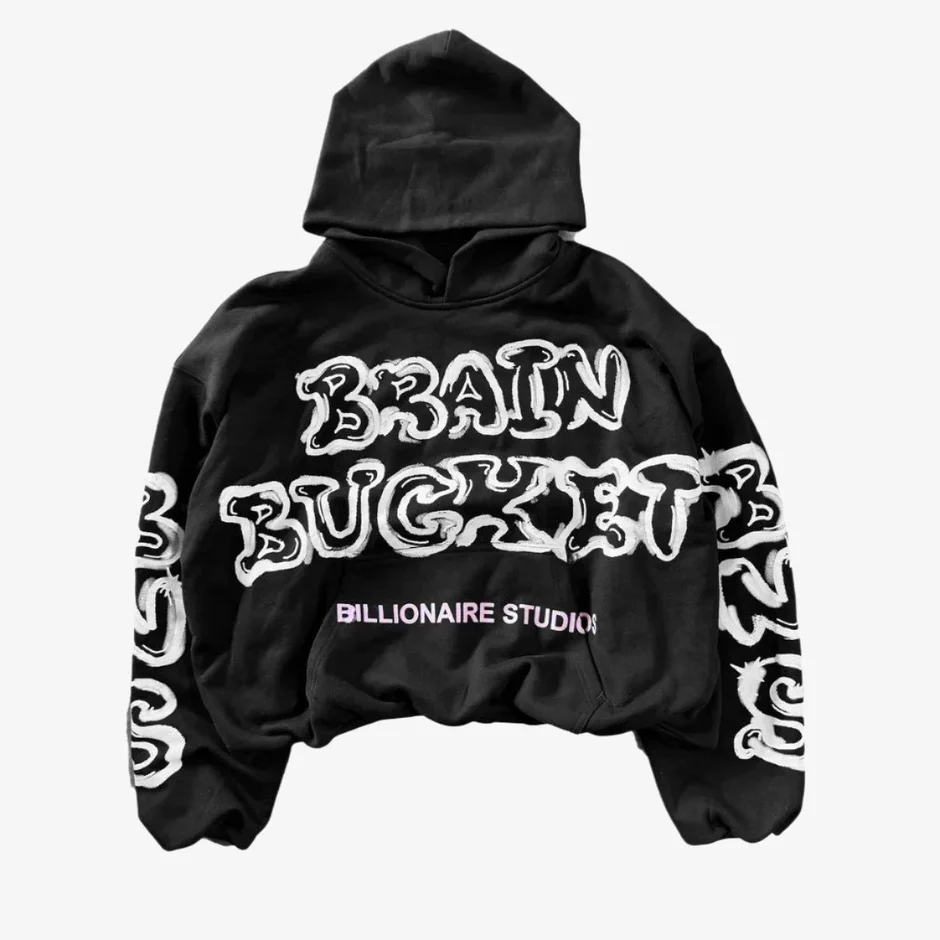
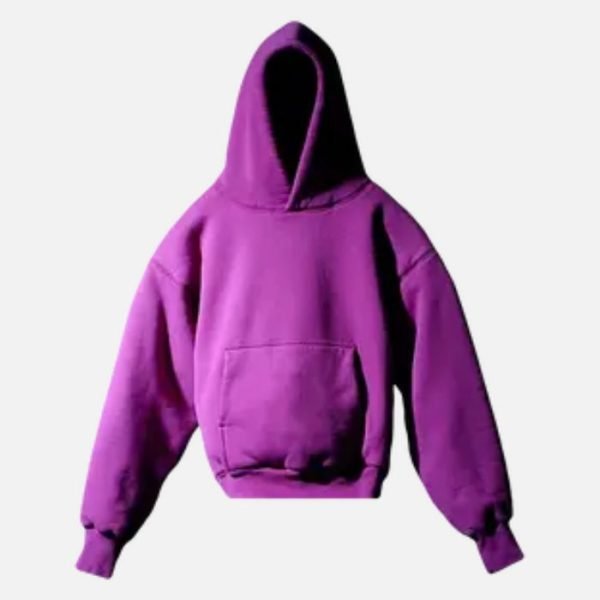
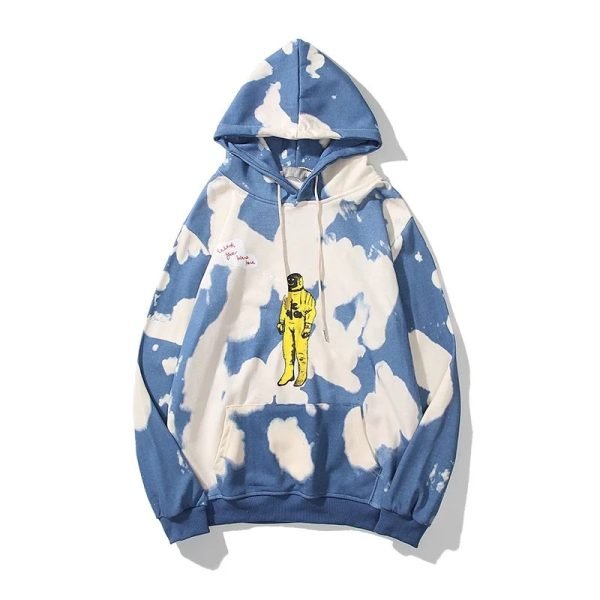


Leave a Reply